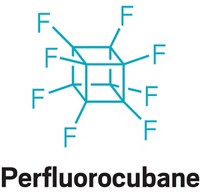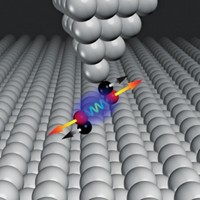Advertisement
Grab your lab coat. Let's get started
Welcome!
Welcome!
Create an account below to get 6 C&EN articles per month, receive newsletters and more - all free.
It seems this is your first time logging in online. Please enter the following information to continue.
As an ACS member you automatically get access to this site. All we need is few more details to create your reading experience.
Not you? Sign in with a different account.
Not you? Sign in with a different account.
ERROR 1
ERROR 1
ERROR 2
ERROR 2
ERROR 2
ERROR 2
ERROR 2
Password and Confirm password must match.
If you have an ACS member number, please enter it here so we can link this account to your membership. (optional)
ERROR 2
ACS values your privacy. By submitting your information, you are gaining access to C&EN and subscribing to our weekly newsletter. We use the information you provide to make your reading experience better, and we will never sell your data to third party members.
Analytical Chemistry
Visualizing the Chemistry of Vision
July 9, 2007
| A version of this story appeared in
Volume 85, Issue 28
In an effort to see how we see, scientists in Japan have imaged the cis-to-trans isomerization of retinal at the atomic level by using high-resolution transmission electron microscopy (Nat. Nanotechnol., DOI: 10.1038/nnano.2007.187). To prepare retinal, a chromophore found in the human eye, for its molecular close-up, Kazu Suenaga and colleagues at the National Institute of Advanced Industrial Science & Technology covalently attached the molecule to a C60 fullerene and placed the resulting complex into a single-walled carbon nanotube. The nanotube serves as a specimen cell, separating the individual molecules from one another and restricting their molecular motion within the narrow interior. The fullerene provides a marker for the researchers, helping them distinguish retinal molecules from carbon contaminants. Upon irradiating the nanotube with an electron beam, the team observed cis-retinal isomerize to trans-retinal—the same isomerization that plays a key role in vision. According to the researchers, this is the first time anyone has directly observed the dynamic behavior of a conjugated carbon chain. The molecular imaging technique, they say, can be applied to a wide range of systems.




Join the conversation
Contact the reporter
Submit a Letter to the Editor for publication
Engage with us on Twitter